Effective asset management is essential for optimizing physical and digital assets’ use, maintenance, and lifecycle across various industries. Aratum’s advanced asset management software utilizes cutting-edge technologies to provide real-time visibility and control, enhancing operational efficiency and driving sustainable growth.
Real-Time Tracking and Monitoring
Inventory Management
Lifecycle Management
Data Analytics and Reporting
Integration and Interoperability
Security and Compliance
Scalability and Flexibility
User-Friendly Interface
Sustainability and Efficiency
Collaboration and Communication
Enables real-time location and condition tracking of assets using GPS, telematics, and IoT sensors. This ensures continuous visibility and allows for immediate response to any issues, enhancing efficiency and security throughout the supply chain.
Automates stock control using RFID, barcodes, or IoT sensors to monitor inventory levels accurately. Coupled with demand forecasting, it ensures optimal inventory levels, reducing holding costs and preventing stockouts by restocking only as needed.
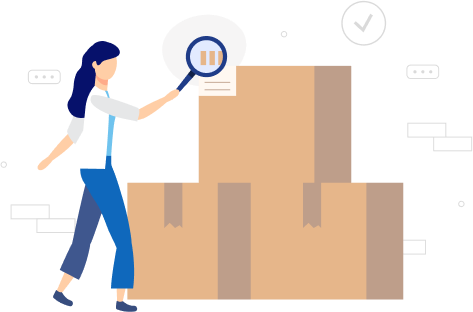
Tracks assets from acquisition to disposal, efficiently managing the entire lifecycle. Predictive and preventive maintenance scheduling helps extend asset life, while depreciation tracking aids in accurate financial reporting and compliance.
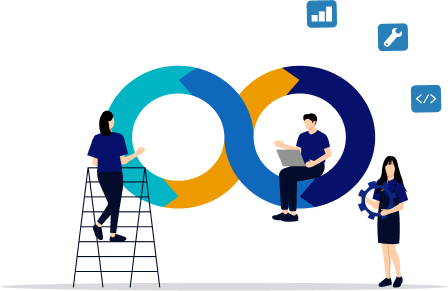
Advanced data analytics provide comprehensive insights into asset utilization, performance, and costs. Customizable reports enable stakeholders to make informed decisions based on detailed, real-time information.
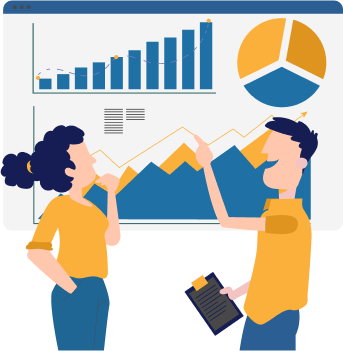
Seamlessly integrates with Enterprise Resource Planning (ERP) systems and other platforms through APIs. Supports IoT device compatibility for enhanced data collection and ensures a unified data flow across various systems.

Ensures data integrity and security with robust encryption and secure access controls. Complies with industry standards and regulations (e.g., FDA, ISO) and maintains detailed audit trails for all asset transactions and activities.

Provides scalable solutions that adapt to the growing needs of the business. Offers customizable workflows to match specific business processes and cloud-based options for easy access and management from any location.
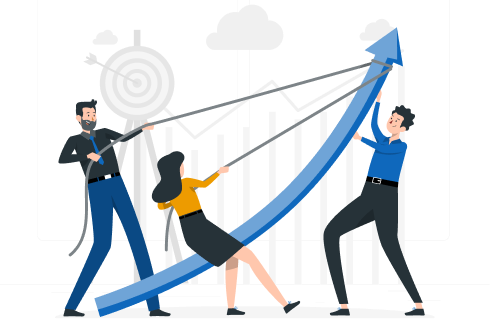
Features intuitive dashboards for quick access to key metrics and information, ensuring ease of use. Mobile accessibility allows management on the go, and comprehensive training resources and customer support are available for users.

Monitors and optimizes asset energy usage to enhance sustainability. Ensures efficient resource use, reduces waste and operational costs, and measures asset usage's environmental impact for better sustainability practices.

Facilitates effective communication between different stakeholders through shared platforms. Sends real-time alerts and notifications for important events, ensuring prompt action and improved coordination across an organization.

Asset management software tracks and maintains educational resources, such as textbooks, computers, and lab equipment, to ensure they are available, functional, and efficiently utilized to enhance the learning environment.
Asset management software tracks, maintains, and utilizes medical equipment, pharmaceuticals, and facilities to ensure optimal patient care, regulatory compliance, and operational efficiency.
Asset management software efficiently tracks, manages, and maintains inventory, fixtures, and equipment to ensure product availability, enhance customer experiences, and streamline operations.
Asset management software precisely monitors and controls temperature-sensitive goods throughout the supply chain, ensuring compliance with temperature requirements, minimizing spoilage, and maintaining product quality and safety.
Asset management software effectively tracks, maintains, and utilizes vehicles, containers, and infrastructure to optimize routes, minimize transportation costs, and ensure timely delivery of goods while adhering to safety and regulatory standards.
Asset management in finance focuses on the efficient oversight, allocation, and monitoring of financial assets and investments, aiming to maximize returns, mitigate risks, and ensure regulatory compliance.
Government asset management ensures efficient use, maintenance, and tracking of public assets, including infrastructure, vehicles, and equipment, to enhance service delivery and accountability to citizens.
Asset management software encompasses the strategic planning, maintenance, and optimization of infrastructure, equipment, and resources to ensure reliable supply, minimize operational risks, and maximize efficiency while meeting environmental and regulatory standards.
Asset management software efficiently utilizes, maintains, and optimizes production equipment, machinery, and facilities to maximize productivity, minimize downtime, and ensure quality control throughout manufacturing.
Asset management software meticulously tracks, maintains, and optimizes facilities, equipment, and inventory to enhance guest experiences, improve operational efficiency, and maximize revenue.
Asset management software involves meticulously tracking, handling, and storing hazardous materials, ensuring compliance with safety regulations, minimizing risks, and protecting personnel and the environment.

An equipment rentals company specializing in renting out construction machinery in Texas, USA, faced significant operational challenges, including equipment downtime, inaccurate tracking, and high maintenance costs, which affected customer satisfaction and profitability. Additionally, its employees were not able to utilize all the equipment. Some were overbooked, while some were not used at all.
The company sought our asset management software to optimize its operations in response to these challenges.
Asset management is the systematic process of developing, operating, maintaining, and cost-effectively disposing of assets. It involves tracking and managing physical and digital assets to maximize their value and efficiency.
Asset management is important because it helps organizations optimize the use of their assets, reduce costs, improve productivity, ensure compliance, and make informed decisions about asset investments and maintenance.
Technologies used include RFID, barcodes, GPS, IoT sensors, telematics, cloud computing, and software solutions for tracking, monitoring, and analyzing assets.
Asset management software is a digital solution designed to streamline the tracking, maintenance, and optimization of assets throughout their lifecycle. It centralizes asset information, automates processes, and provides real-time visibility, enabling organizations to improve efficiency, reduce costs, and ensure compliance with regulatory standards.
Asset management reduces costs by optimizing asset utilization, minimizing downtime, preventing inventory overstocking or understocking, and extending asset lifespan through regular maintenance.
Asset tracking involves using technologies like RFID, GPS, barcodes, and IT asset management software to monitor assets’ location, status, and usage in real time, ensuring they are accounted for and properly managed.
Asset management focuses on the lifecycle and performance of long-term assets, while inventory management deals with tracking and controlling goods and materials consumed or sold.
Performance is measured using key performance indicators (KPIs) such as asset utilization rates, maintenance costs, downtime, return on assets (ROA), and compliance metrics.
Implementing IT asset management software can be challenging, with complexities related to data migration, integration with existing systems, hurdles in user adoption, data accuracy issues, and managing organizational change. Additionally, selecting the right software solution to align with specific business needs and processes can pose a significant challenge.
Fixed assets are long-term, immovable items like buildings and land, while movable assets are items that can be relocated, such as machinery, vehicles, and equipment.
Asset management contributes to sustainability by optimizing resource use, extending asset lifecycles, reducing waste, and ensuring compliance with environmental regulations.
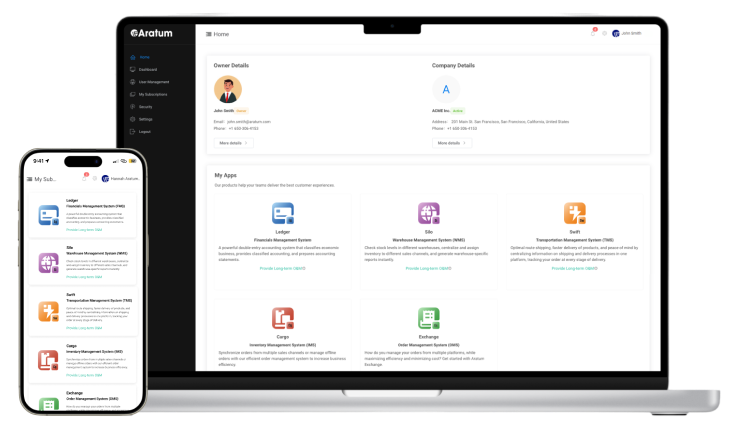
To implement effective asset management in your industry, you can rely on Aratum software solutions tailored to your business requirements to help you get started and gain visibility, efficiency, and resiliency.
Aratum is a globally recognized software provider specializing in developing supply chain management solutions. Our software solutions incorporate advanced algorithms and optimized data structures to facilitate efficient data processing and information dissemination across organizations.
Leveraging cutting-edge technologies such as machine learning and artificial intelligence, the software enables automated decision-making and real-time analytics, enhancing supply chain visibility and improving overall performance.
With a focus on delivering robust and scalable solutions, Aratum is committed to providing our clients with the tools necessary to optimize their supply chain operations and gain a competitive edge in your respective markets.






© 2024 Aratum or an Aratum affiliate company. All rights reserved. No part of this publication may be reproduced or transmitted in any form or for any purpose without the express permission of Aratum or an Aratum affiliate company. The information contained herein may be changed without prior notice. Some software products marketed by Aratum and its distributors contain proprietary software components of other software vendors. National product specifications may vary. These materials are provided by Aratum or an Aratum affiliate company for informational purposes only, without representation or warranty of any kind, and Aratum or its affiliated companies shall not be liable for errors or omissions with respect to the materials. The only warranties for Aratum or Aratum affiliate company products and services are those that are set forth in the express warranty statements accompanying such products and services, if any. Nothing herein should be construed as constituting an additional warranty. In particular, Aratum or its affiliated companies have no obligation to pursue any course of business outlined in this document or any related presentation, or to develop or release any functionality mentioned therein. This document, or any related presentation, and Aratum’s or its affiliated companies’ strategy and possible future developments, products, and/or platforms, directions, and functionality are all subject to change and may be changed by Aratum or its affiliated companies at any time for any reason without notice. The information in this document is not a commitment, promise, or legal obligation to deliver any material, code, or functionality. All forward-looking statements are subject to various risks and uncertainties that could cause actual results to differ materially from expectations. Readers are cautioned not to place undue reliance on these forward-looking statements, and they should not be relied upon in making purchasing decisions. Aratum and other Aratum products and services mentioned herein as well as their respective logos are trademarks or registered trademarks of Aratum (or an Aratum affiliate company) globally. All other product and service names mentioned are the trademarks of their respective companies. See aratum.com for additional trademark information and notices.